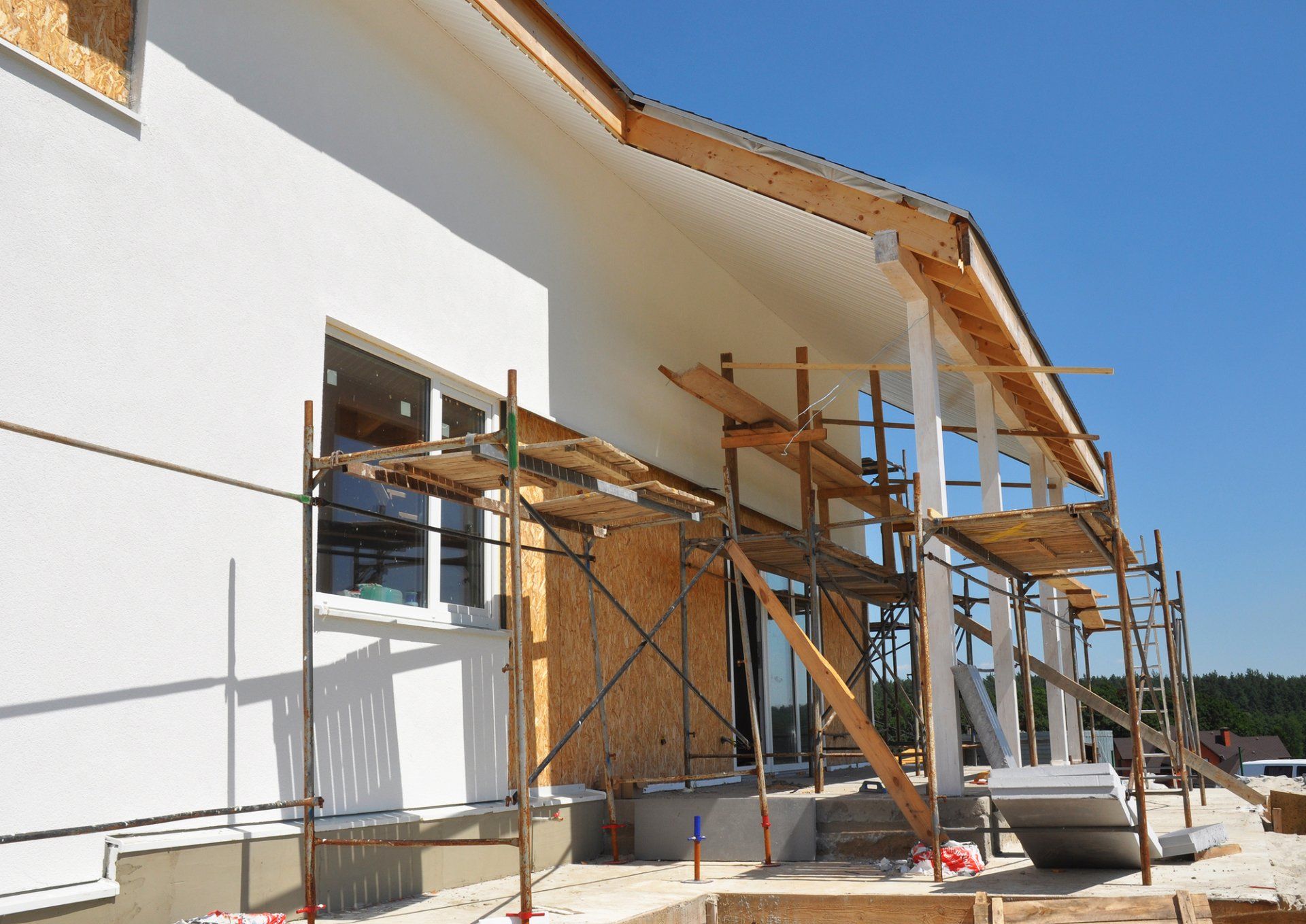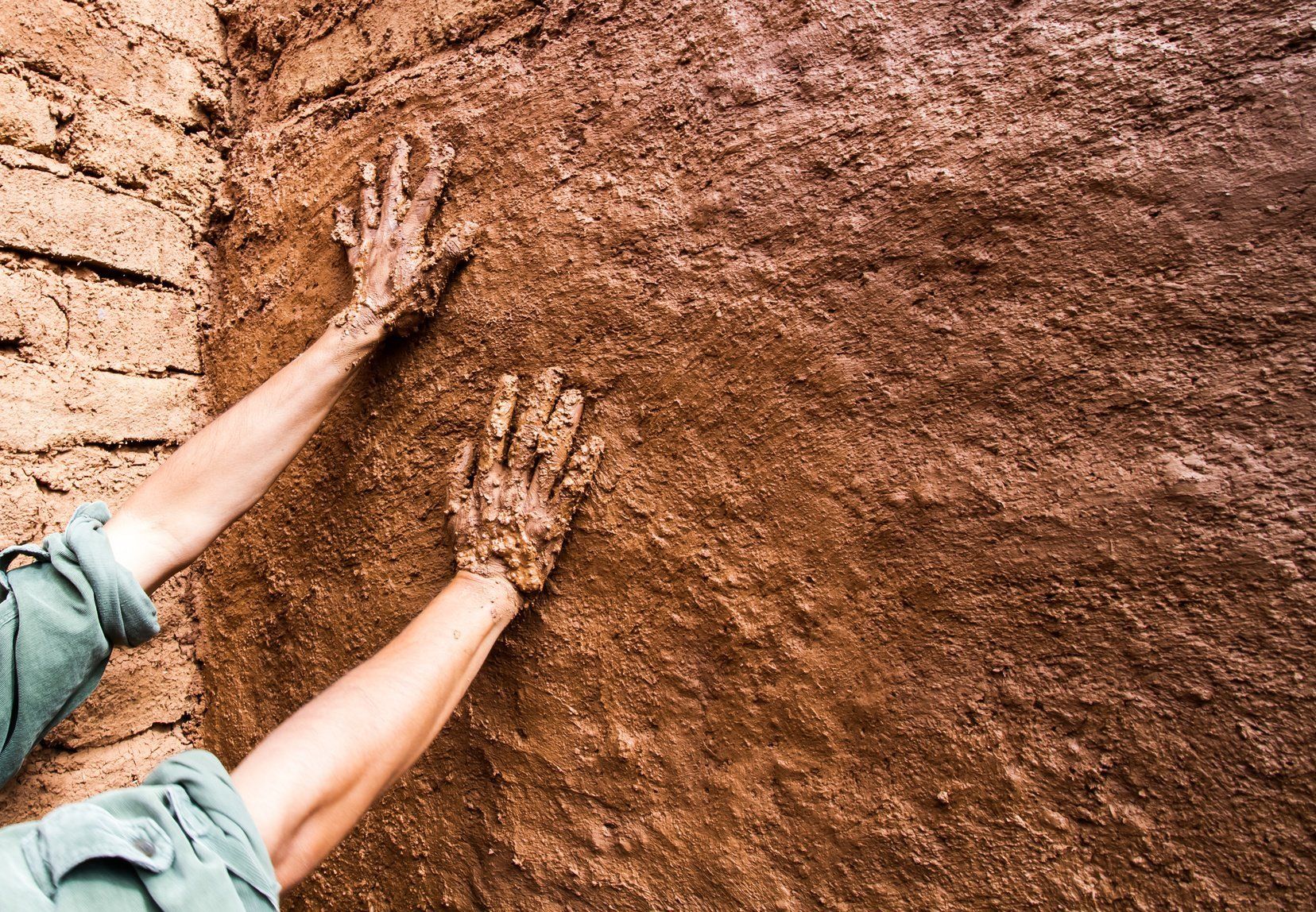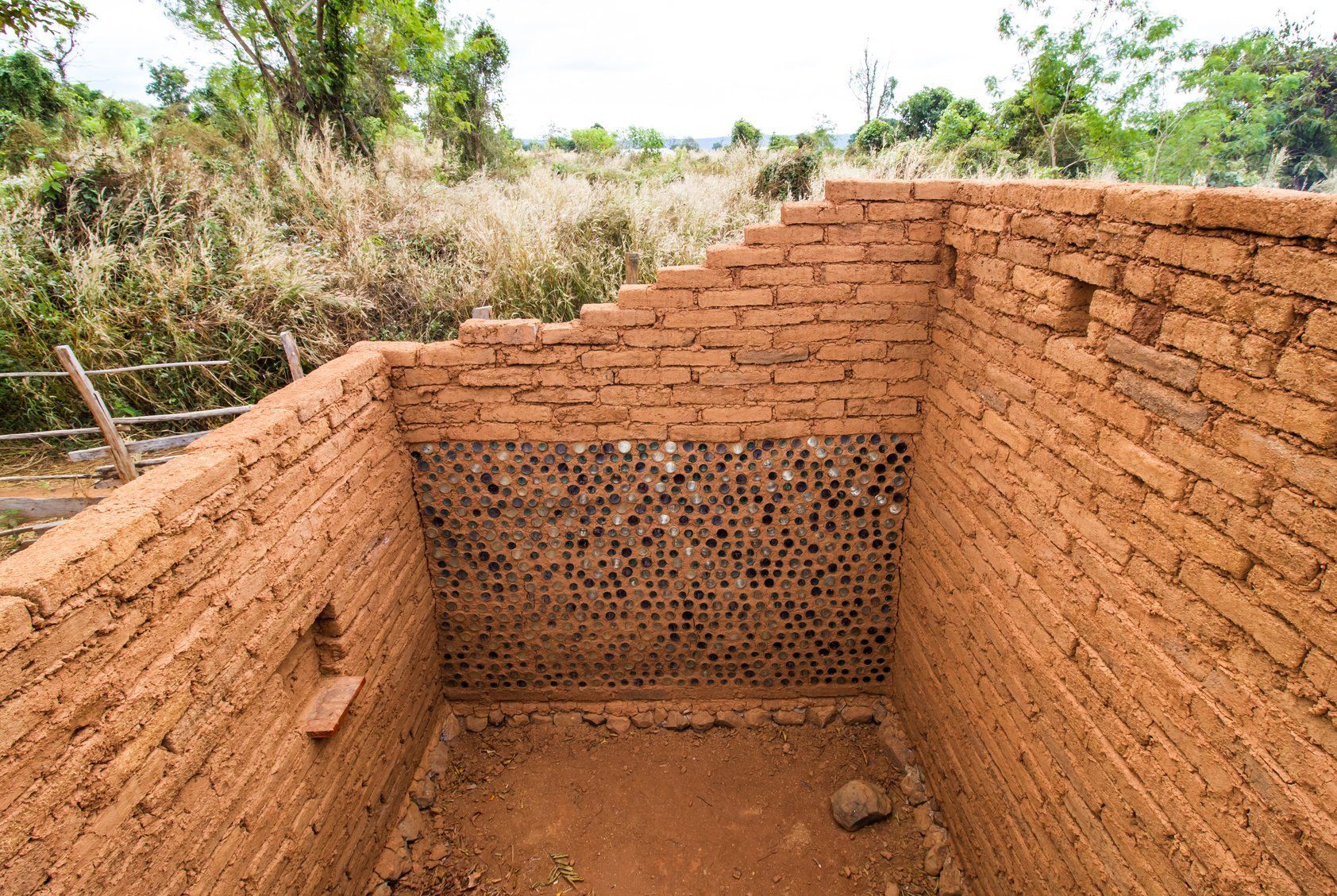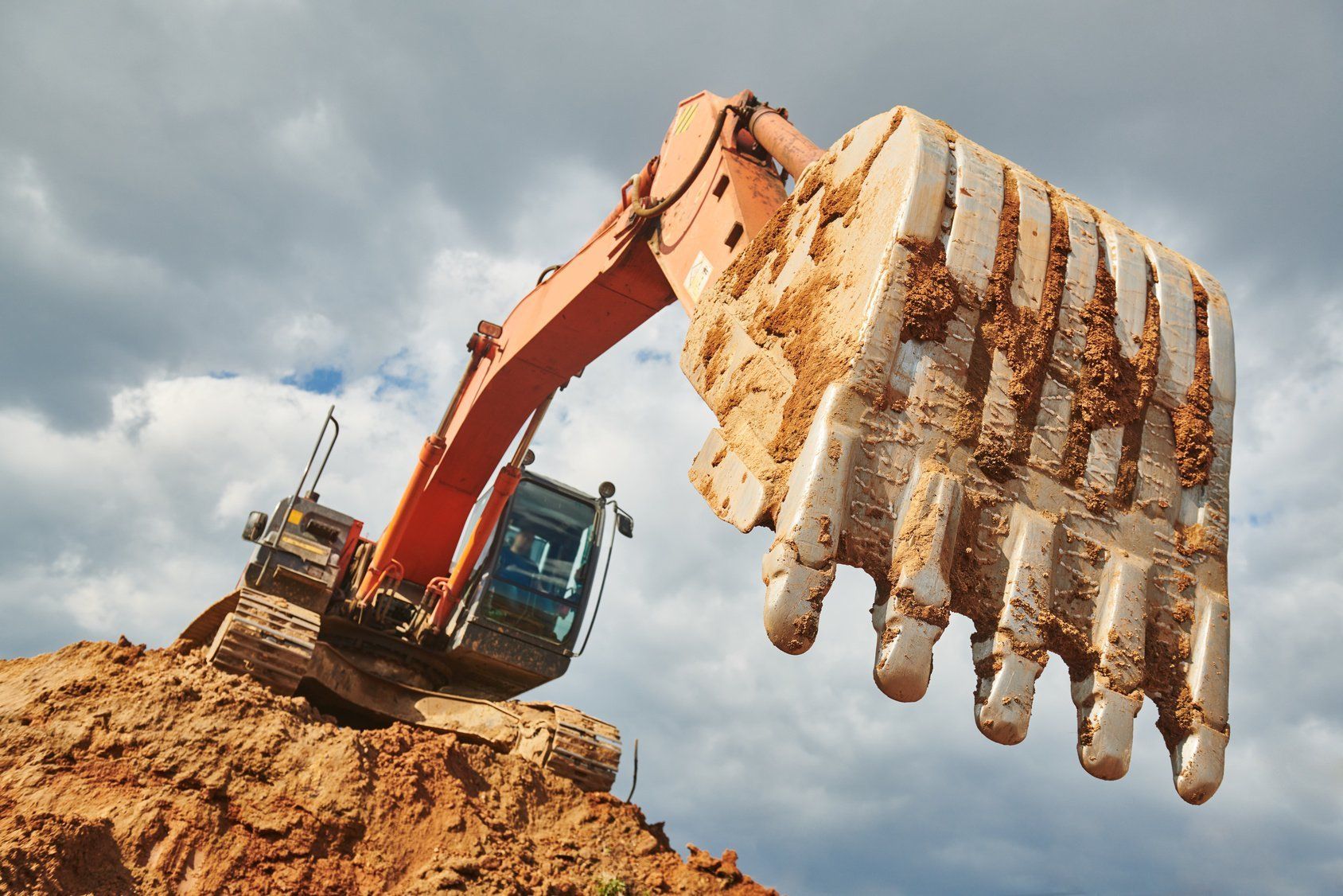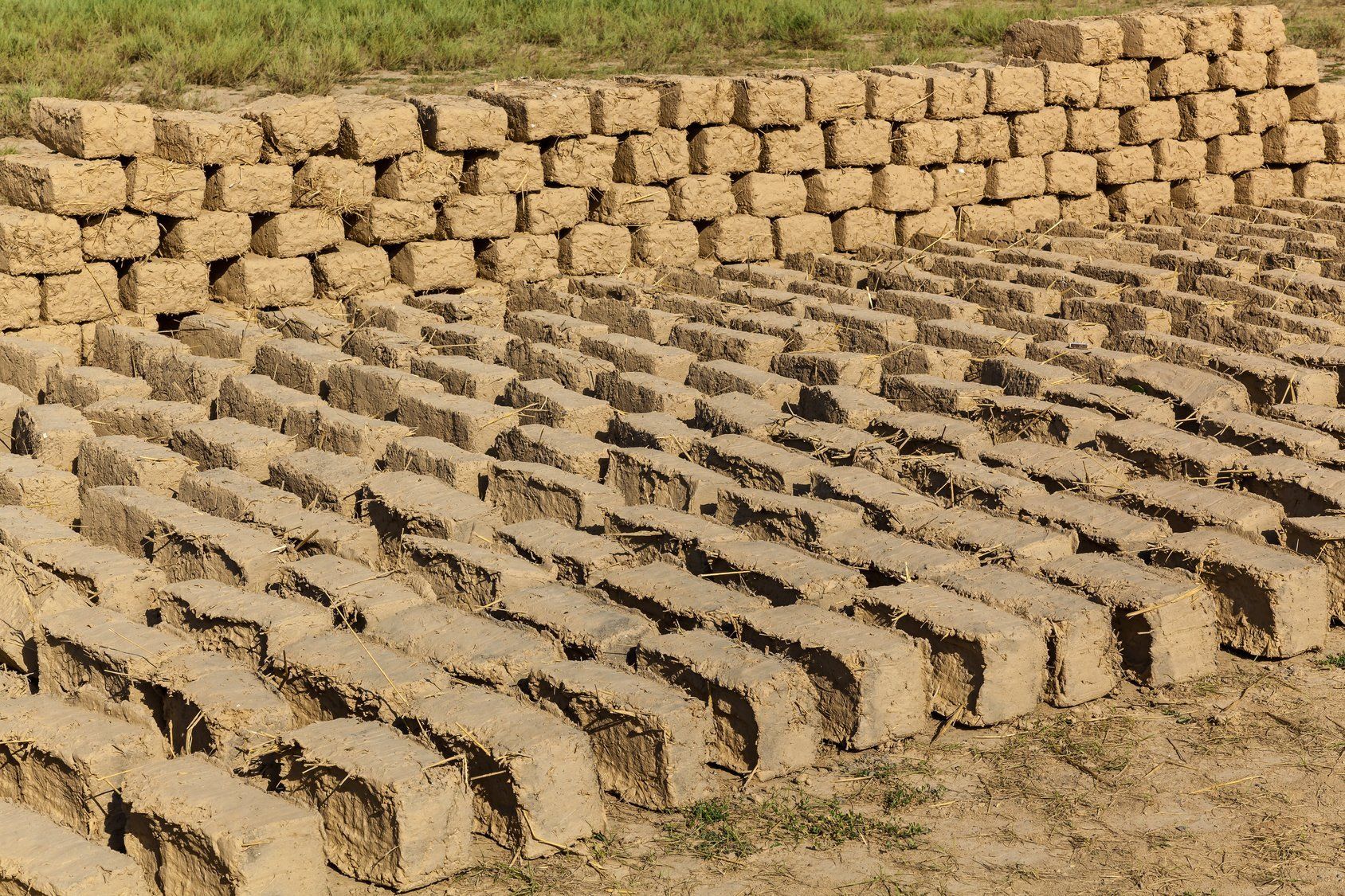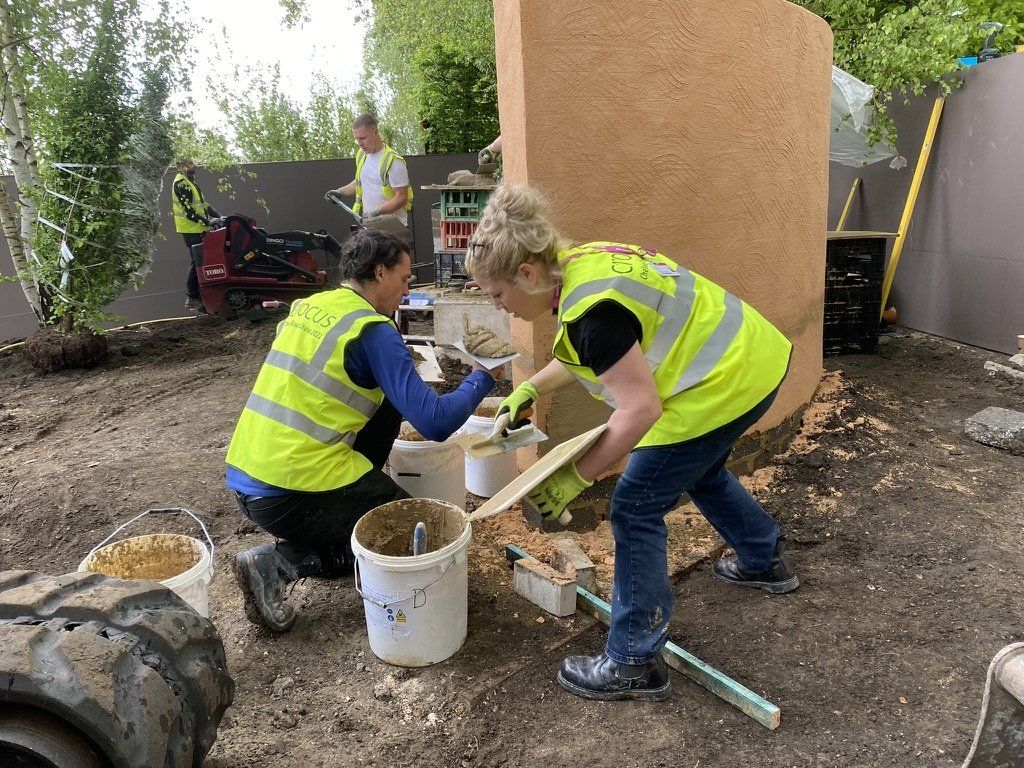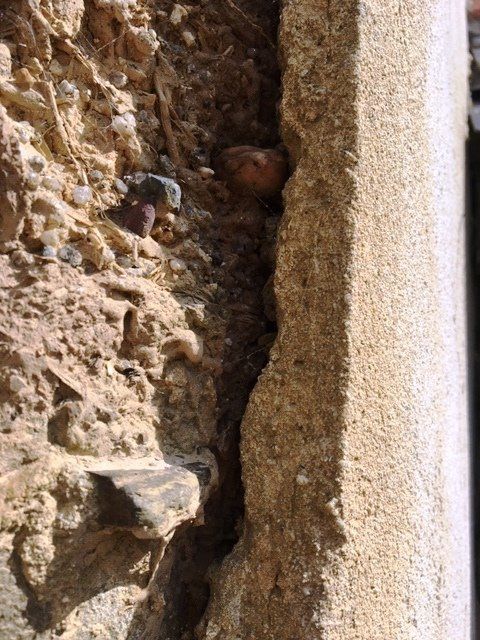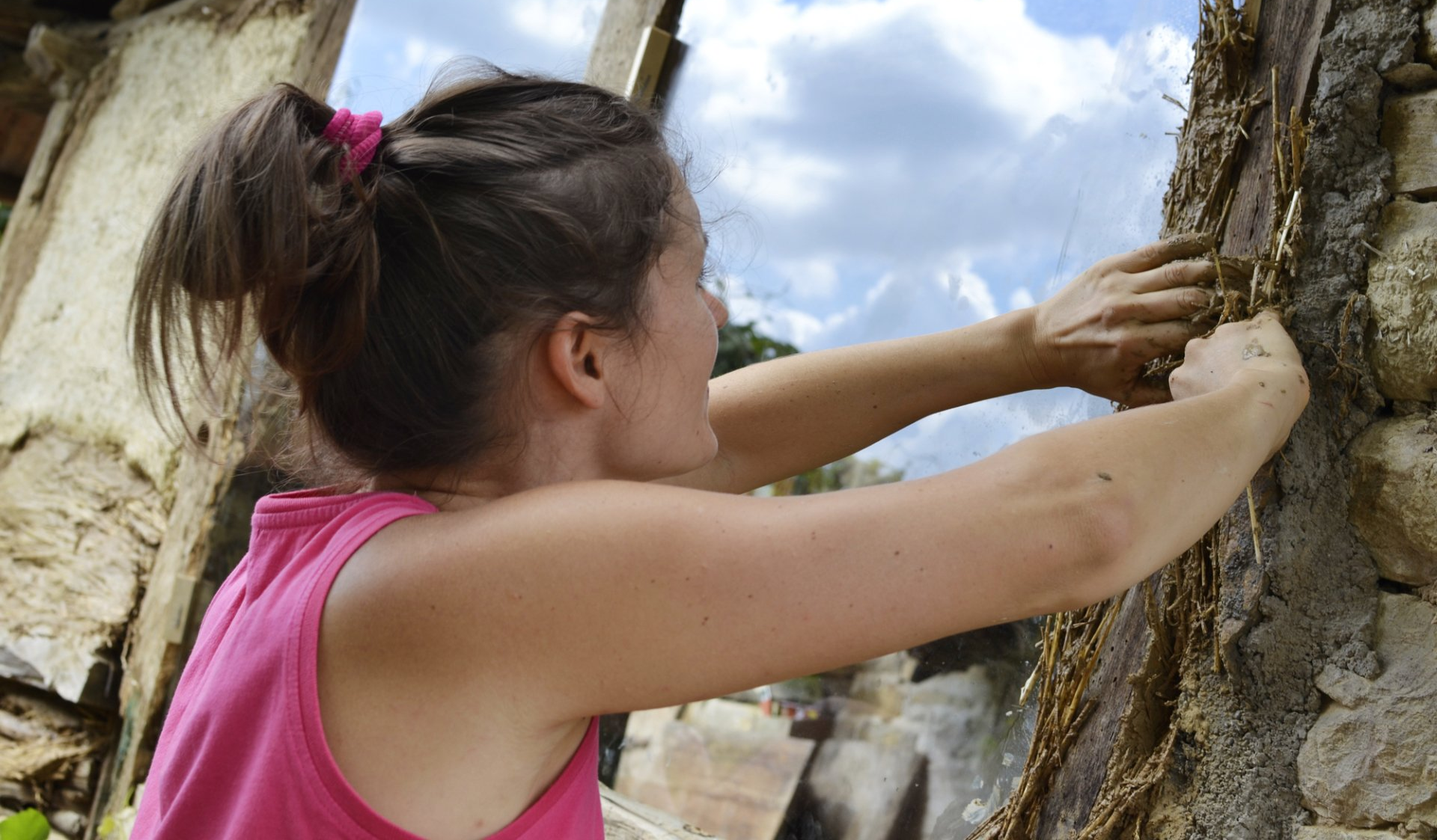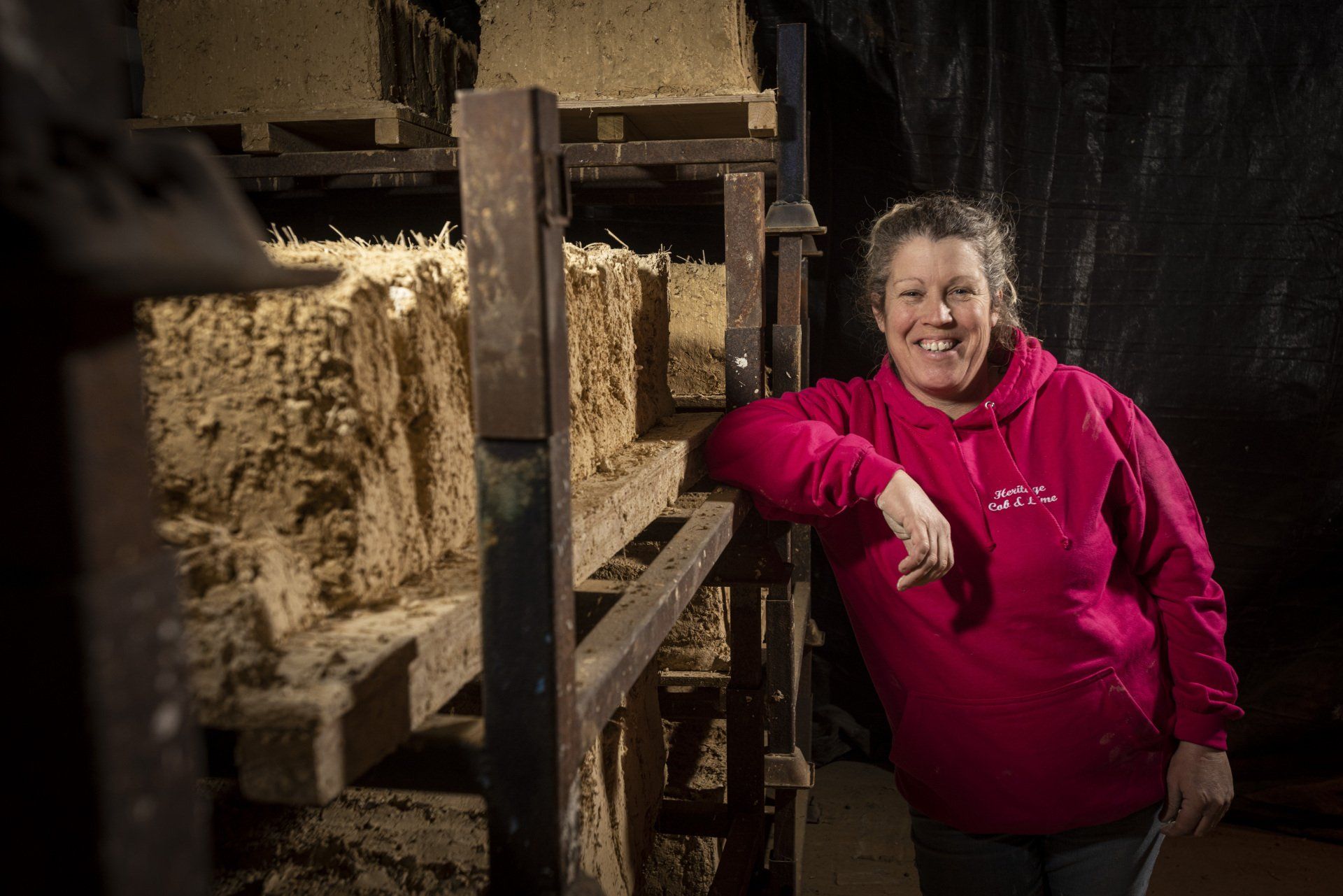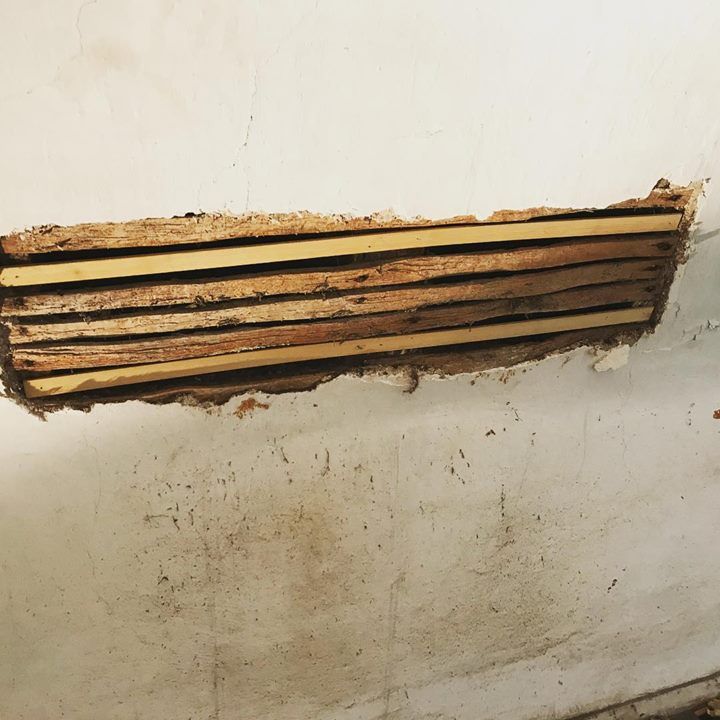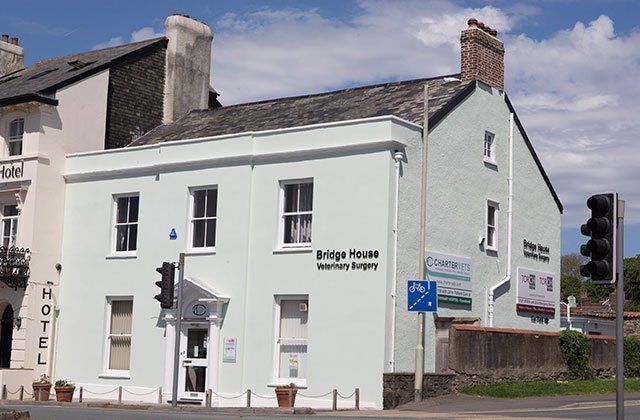Bideford Business Park Unit 20 | Coates Road East-The-Water | Bideford | EX39 4GD
The Benefits of Building with Cob & Lime
3 Reasons You Need To Know
You don’t have to be a construction connoisseur to understand what’s beneficial for your build and which material you should be making the most out of. This month, we’re going to help you get to grips with the pros of working with cob and lime; and believe it or not- it isn’t as complicated as you may assume.
What is 'Cob' & 'Lime?'
Although they sound like terms you’d expect to find in a cookery book, cob and lime are versatile materials that are well known in the construction industry. Here’s a simple brief of the two:
Cob: Cob is a mixture of sub-soil, clay and straw. It is mixed by crushing the particles together by either walking/ stomping on it or using the head of a digger. To keep cob stronger, it’s important that the sandy sub-soil within it is sharp and ideally contain stones and gravel. Cob has been used for decades in Britain to create natural, eco-friendly homes and buildings.
Lime: Lime has been used in building construction for thousands of years to create durable mould and plaster. It is a versatile material and can be used in the construction of masonry systems or as a component of mortar. Lime is created by adding “quicklime” to water, this is known as “slaking”.
#1 COB - It's Affordable
Providing you have access to land that you can build on, cobs walls cost as close to nothing. The biggest advantage of working with cob is that all it really needs is time and manual labour; the result is a beautiful looking build costing a small fraction of the cost of a “conventional” construction project.
#1 LIME - Allows buildings to breathe
One of the reasons why lime binders are promoted by the Society for the Protection of Ancient Buildings for repairs is because they are “vapour permeable”; meaning that they allow buildings to breath. This reduces the risk of trapped moisture, which can lead to damaging a building’s interior and aesthetics.
#2 COB - Is Sustainable
As an “earth material”, cob is entirely recyclable and non-polluting. You’ll find that many other “eco-homes” claim to be green because they are cheap to run once built, but the materials that are used to create them leave a huge carbon footprint. This is never the case with cob, as the materials used to create it are excavated from a foundation trench or on-site.
#2 LIME - Has Ecological Benefits
Not only is it possible to produce lime on a small scale, it has less embodied energy than other materials such as cement. “Free lime” also absorbs carbon dioxide in the setting process of carbonation, meaning that it is eco-friendly all round.
#3 COB - Retains Heat
Cob contains excellent thermal mass, by using it on south-facing walls (in-line with solar principles), a building made of cob requires far less electrical heating over the winter months. The straw in the material also provides excellent insulation; so, all the heat that’s welcomed into a build is guaranteed to stay there for longer.
#3 LIME - Is Durable
As an example, Caesar’s Tower at Warwick Castle has stood the test of time for over 600 years, and many other cathedrals that have been constructed with lime have been around for longer. Not only is lime a versatile material, it is exceptionally resilient and sturdy.
We manufacture and supply high-quality cob and lime for construction projects across the UK. Not only are our materials durable and eco-friendly, they promise a beautiful finish that’ll set your final product apart from the conventional build.
If you’re not
entirely sure of what you’re looking, contact a member of our specialist team and we’d be happy to help get you started.
